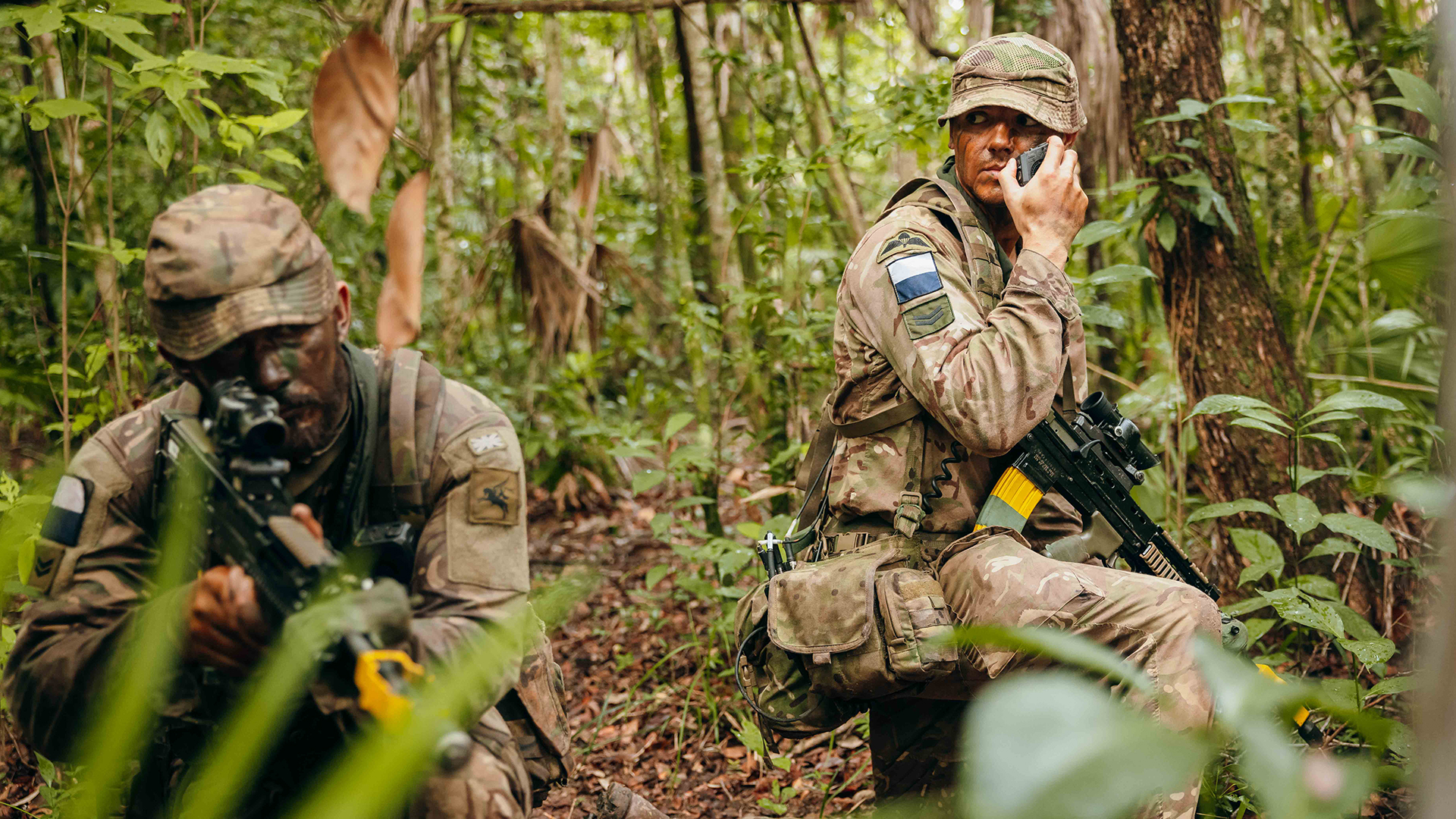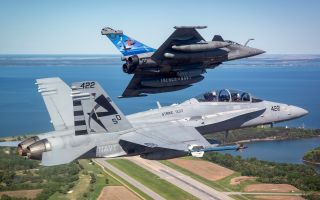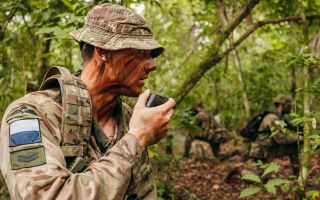
There's a rumble in the jungle - as airborne signallers test Army's new comms system

Airborne signallers are used to excelling in the demanding conditions of the jungles of Belize - and they're now making sure the Army's new communications equipment is also up to the task.
Members of 16 Air Assault Brigade are receiving a new tactical communications system fit for the future battlefield under Project Cain.
The system will provide robust voice and data links running all the way from paratroopers on the frontline to the brigade commander, who could be in an ops room thousands of miles away.
Experts in action
Because the members of 216 (Parachute) Signal Squadron are the brigade's comms experts, they were the ones to test the kit in Belize.
The jungle conditions present a challenge for communication systems as the dense and moist vegetation absorbs radio waves and limits line of sight transmission.
Also, like any electronic equipment, radios require careful handling and maintenance to protect them in the hot and humid conditions.
The system is based around MPU5 radios using a MANET - a mobile ad-hoc network. This is a mesh network which has the ability to stay online if communication links are disrupted.
Soldiers equipped with a tactical smartphone can send messages, pinpoint their position - and that of the enemy - on the map, and relay video and imagery to commanders.

A vital aid to planning and coordination
Better communications between the frontline and headquarters in the rear leads to improved understanding, quicker decision-making and better planning.
Major Ben Salero, Officer Commanding 216 (Para) Sig Sqn, said the new equipment would close the gap between the tactical edge and commanders.
"Communicating over a MANET network means carrying less kit on the person, but being able to do more communications by voice and data," he said.
"It will make the brigade more lethal by improving situational awareness.
"A MANET network has open architecture, so we can communicate better with our allies by giving them access to our network, and integrate information from other systems, such as drones and electronic warfare equipment, and feed that into a battle picture that everyone can see."

From battle net to battle drills
Alongside their equipment testing, the signallers have been learning how to survive and fight in the jungle.
The training started with learning how to build shelters, find water and navigate, then live fire battle drills and a four-day exercise that brought everything together.
16 Air Assault Brigade, which is held at very high readiness to respond to global crises, is set to receive the new system early next year.









